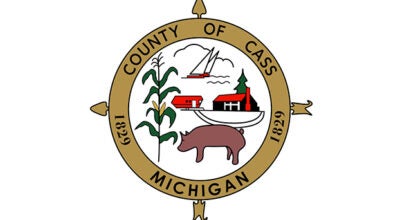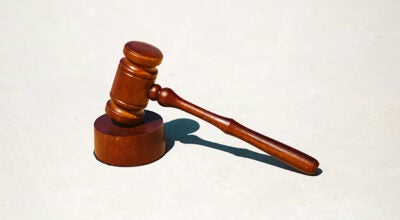Sheriff’s Office warns against counterfeit bills
Published 8:00 am Tuesday, October 27, 2015
County law enforcement officials are urging local residents and businesses to take a careful look at the money that is being handed to them over the next several weeks — both inside and outside the county borders.
The Cass County Sheriff’s Office sent out a release late Friday evening warning citizens to be on the look out for counterfeit bills that are being circulated around southwest Michigan communities in recent weeks.
A taskforce based in Oakland County has discovered a recent string of people using fake $20, $50 and $100 bills along I-94 corridor, hitting businesses located in cities like Kalamazoo, Battle Creek and Paw Paw; in addition, Three Rivers law enforcement has recently discovered a fake $100 bill exchanged in its limits, though they are unsure if it’s related to the other rash counterfeits, said Cass County Sheriff’s Office Lieutenant Thomas Jacobs.
While there have been no recent complaints of counterfeit bills in Cass County, the Marcellus area is only located around 15 miles away from Paw Paw and Three Rivers, Jacobs said.
“We’re close to the Van Buren County area, so if there is anything still in circulation there it could make its way over here,” he said. “The counterfeit ring could also could come this way and expand to areas right off the I-94 corridor.”
While there are dozens of methods people can use to determine if they possess a fake bill or not, a few simple ways people can check is to:
• See if the bill is centered on the paper. Bills that are slightly crooked within borders are likely fake.
• Hold the bill up to a light to check for a watermark. A watermark bearing the image of the person whose portrait is on the bill can be found on all $10, $20, $50, and $100 bills series 1996 and later, and on $5 bills series 1999 and later.
• Check the material the bill is printed on. While real bills are printed on thin strips of cloth, most fakes are printed on sheets of paper that slightly sticker than genuine cash.
• Rub one’s finger on the ink to see whether or not it runs; bills that have ink that does so are fake.
Financial institutions or banks can also examine currency to determine its authenticity, Jacobs said.
“They have people working there who have been trained, along with equipment they can use to mark the bill and see if it’s real,” he said.
Residents who believe they are in possession of counterfeit bills should contact their local law enforcement office immediately, as it is a felony offense to knowingly possess, produce or use counterfeit money, Jacobs said.






